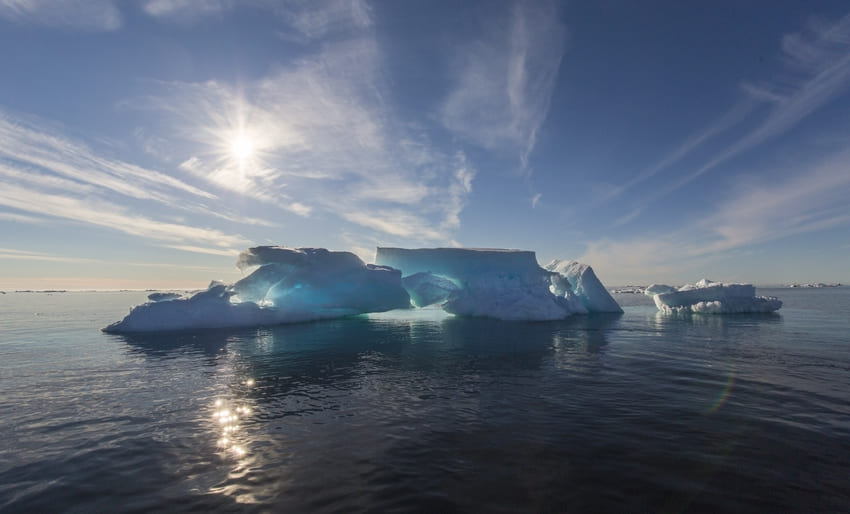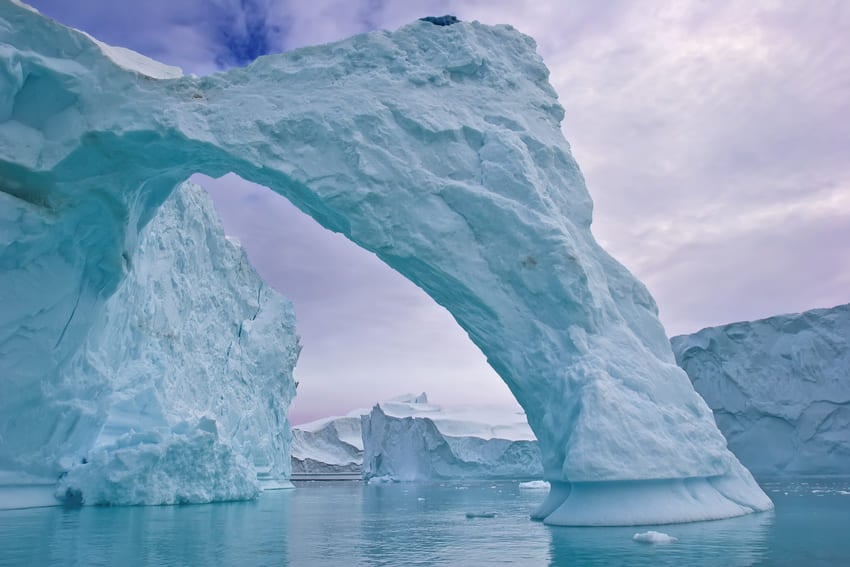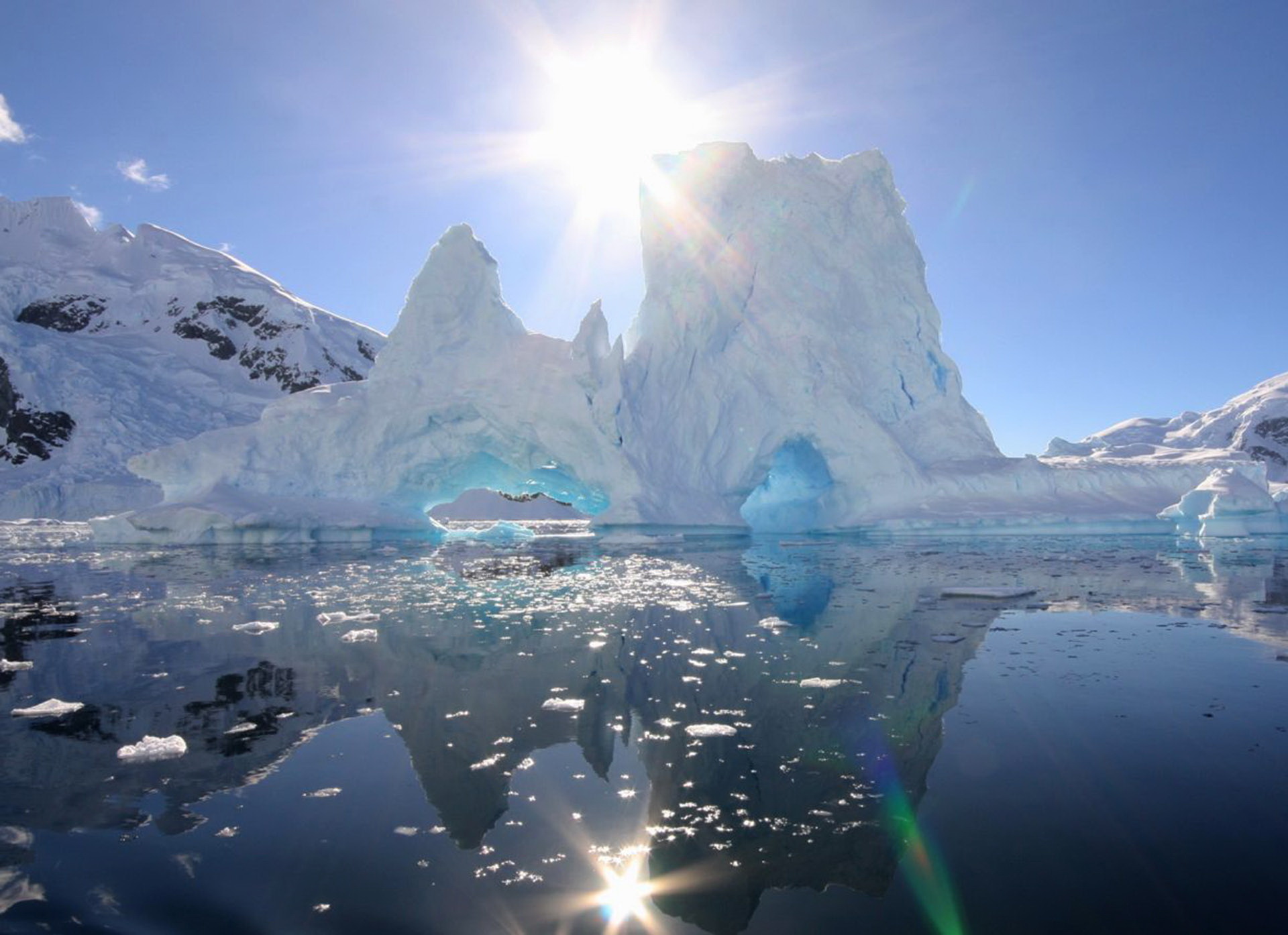Ice is Nice Part 2 - Icebergs
7 December, 2022

Icebergs
In part 1 of our “Ice is Nice” series, you learned how glaciers are formed in cold regions through the accumulation of snow for hundreds or thousands of years. In the Arctic and Antarctica, glaciers grow so large that they flow down from the mountains into the sea, where they become tidewater glaciers. Let’s take a closer look at what happens next.
When discussing a tidewater glacier, the sheer wall of ice that faces the open sea is called the glacier “face”. It is here that glacial ice is subjected to the destabilizing effects of waves and tides, as well as melting by contact with seawater. Additionally, as a glacier moves into deeper water, it is lifted off the ground by its buoyancy. These forces will inevitably cause the glacier to lose some ice into the water. This is how icebergs are created.
When ice breaks away from the face of a glacier, the event is called “calving” because the glacier seems to be giving birth to a smaller piece of itself. Such events, particularly those commonly witnessed in Greenland, can be incredibly dramatic and forceful. An enormous amount of energy is released when massive blocks of ice crash down into the water. Ice can also break away from the submerged part of the tidewater glacier, causing huge masses of ice to rise suddenly and spectacularly up from the depths. Zodiac drivers and kayak guides know to stay well away from the face of glacier, due to the danger of flying ice and huge waves caused by “monster calvings”.

The pieces of ice that break away from glaciers can range in size from a few centimeters to hundreds of meters wide. Small, ice-cube-sized bits of glacial ice are called “brash ice”. Medium-sized pieces are called “growlers”. Though there is no universally accepted minimum size requirement for an “iceberg”, some say it should be at least as big as a summer cottage. The truly gigantic icebergs that break away from ice shelves in Antarctica are called “tabular icebergs” because they are wide and flat like the top of a table. These are measured in square kilometers or miles.
Icebergs seem to be peaceful, static elements of the polar seas. But actually, they are highly unstable. As icebergs drift through fjords or open water, they gradually melt. More dramatically, large icebergs can break up into smaller “bergy bits”. In this way, icebergs are cleaved and sculpted into fantastical shapes by the forces of nature.
Whether by gradual melting or by sudden fracturing, loss of ice causes the center of gravity to shift within an iceberg. This may cause the iceberg roll over in a surprisingly dramatic way that could have dire consequences for nearby watercraft. That is why Zodiacs and kayaks need to stay well clear of icebergs, too.
Indeed, icebergs are beautiful and hazardous features of the polar environment. With tens of thousands of icebergs being created in the polar regions every year, you will certainly have a chance to appreciate these stunning works of nature while staying safe with an experienced team of polar guides on your expedition cruise to the Arctic or Antarctica.
